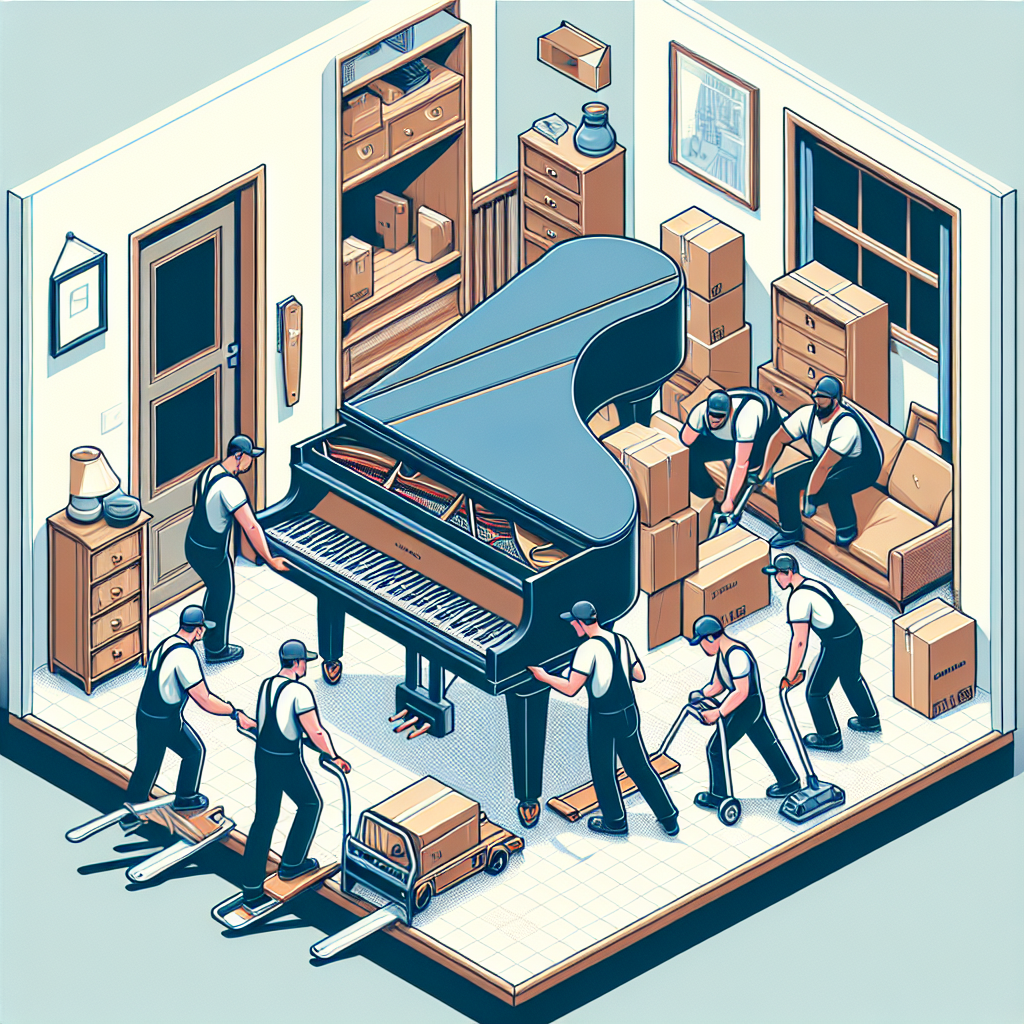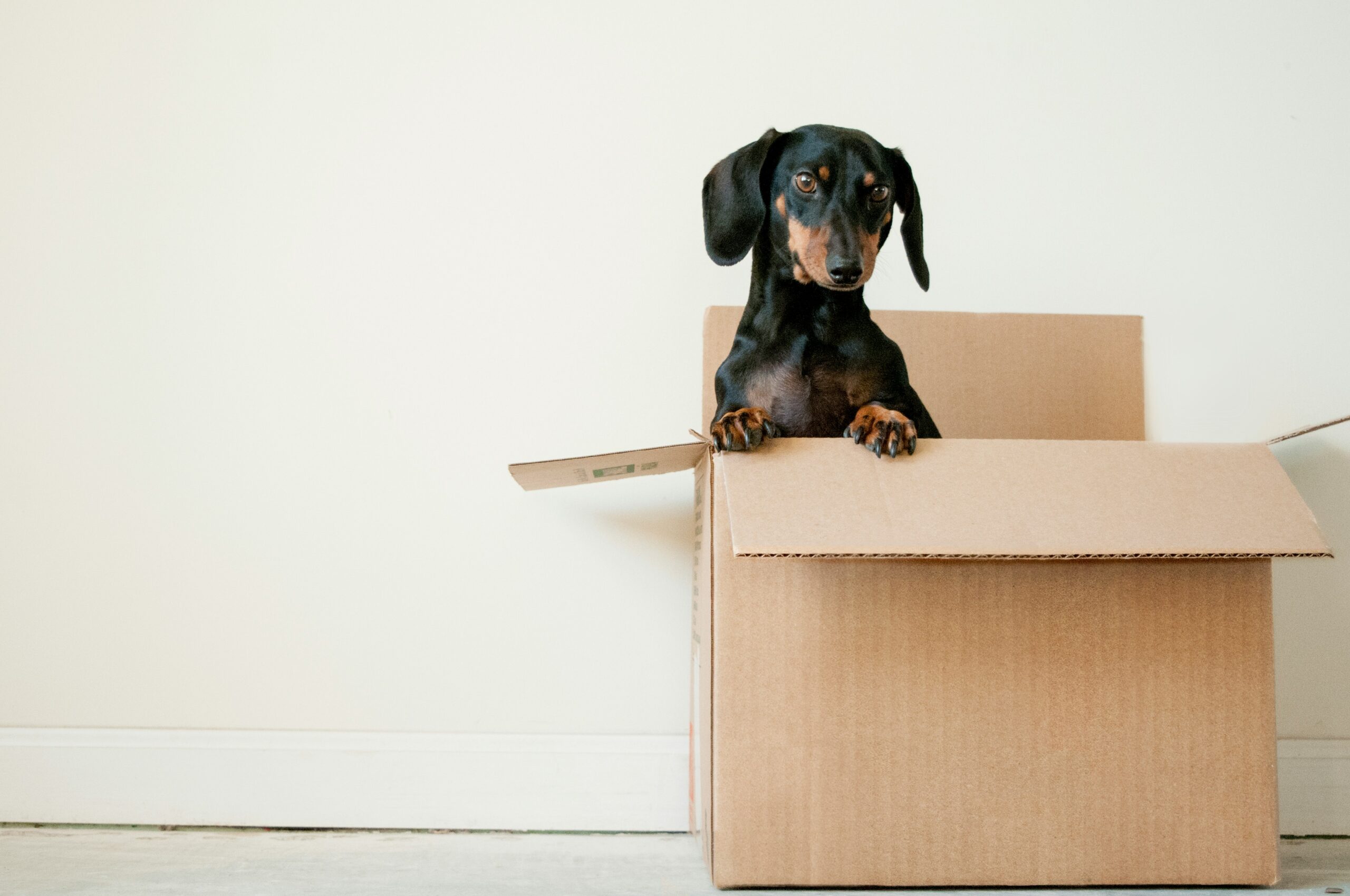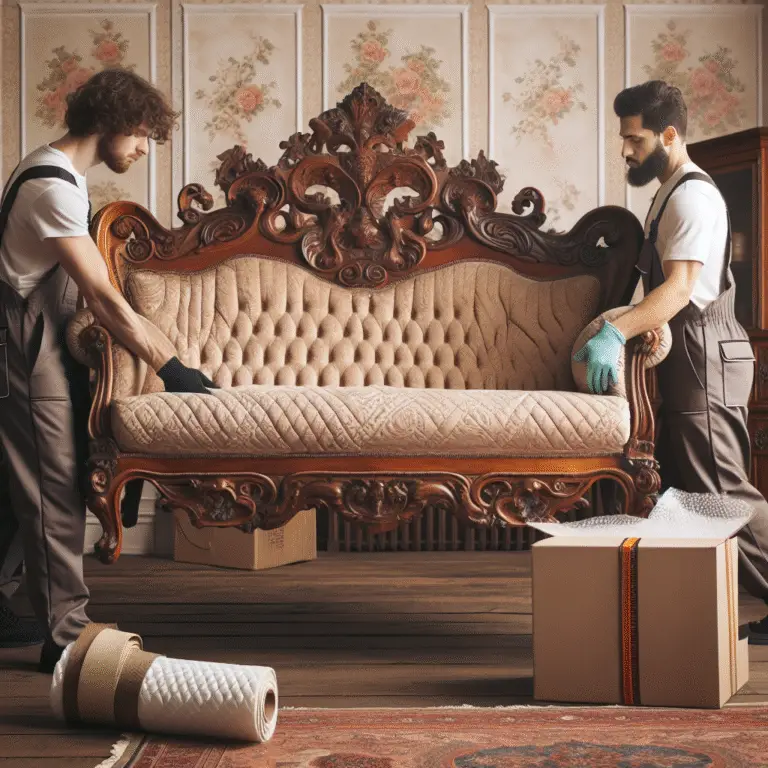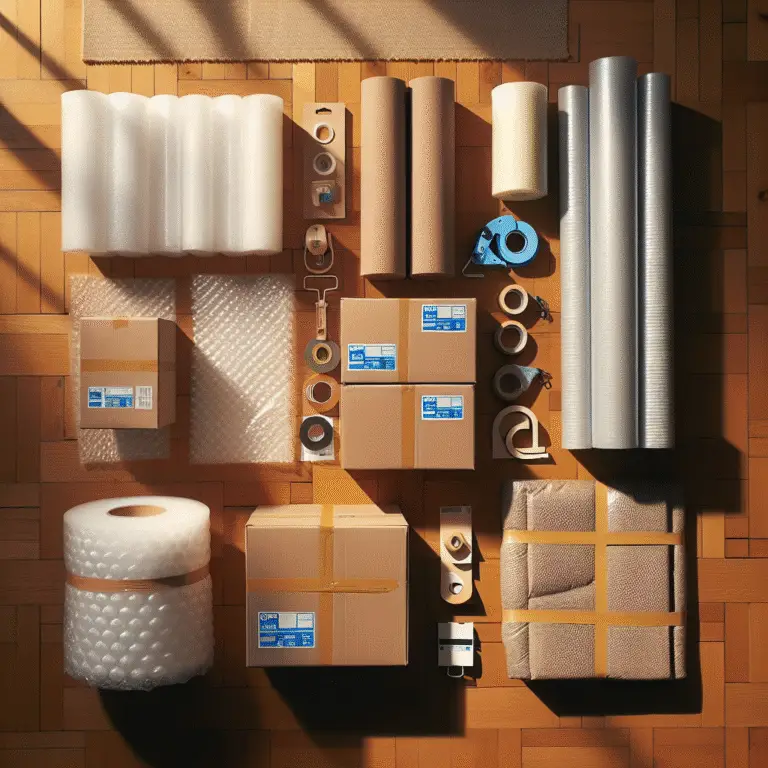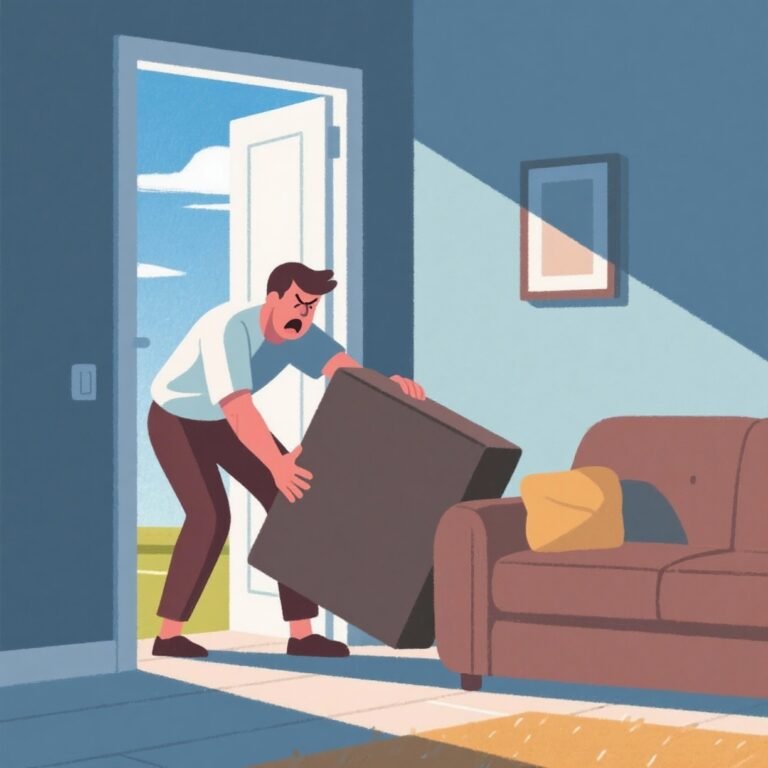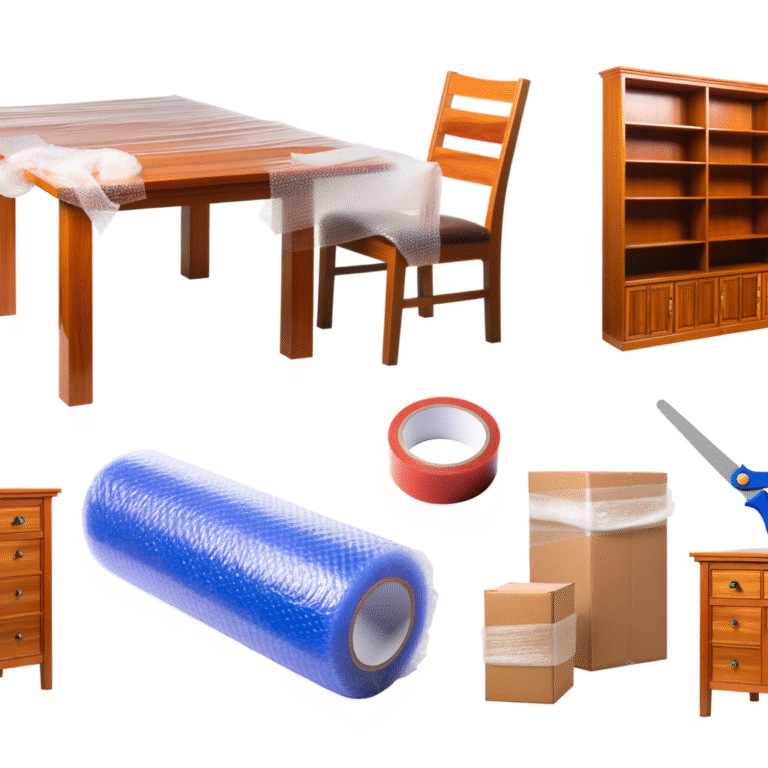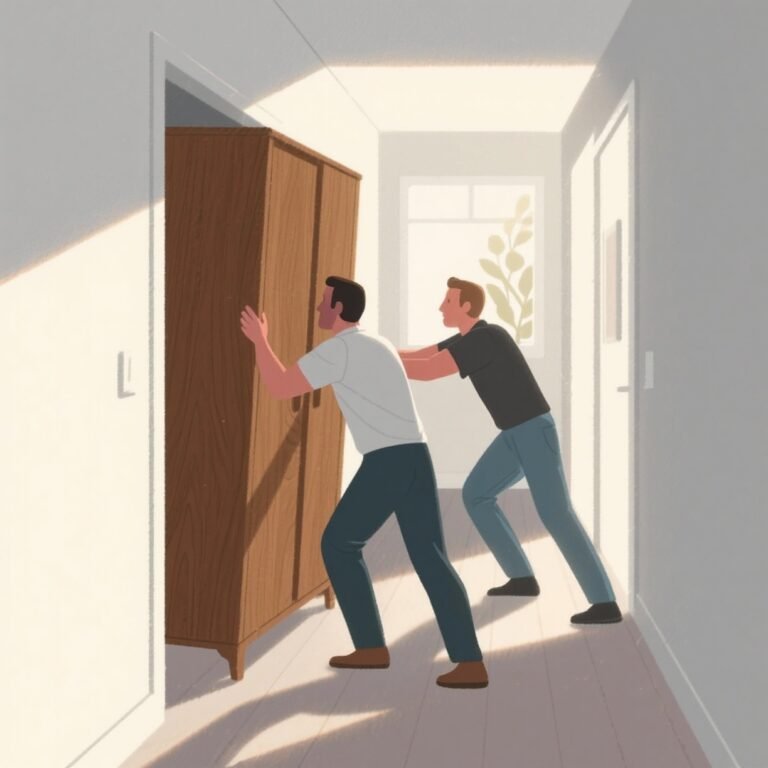Piano Moving Techniques for Apartments and Small Spaces
Think moving an upright piano into a fifth-floor apartment sounds like a nightmare? It can be — unless you know exactly what you’re doing.
One wrong move could leave you with a scratched-up hallway, damaged piano legs, or worse, a serious back injury.
But don’t worry — with the right technique and preparation, even the tightest quarters can accommodate a smooth piano move.
Safe piano moving in apartments isn’t just about muscle. It’s about planning, precision, and understanding the risks of maneuvering hundreds of pounds through confined spaces.
Improper handling can result in damaged instruments, costly repairs, and injuries. This guide breaks down everything you need to know — from assessing your piano to step-by-step moving strategies and essential safety tips.
Know Your Upright Piano Before You Lift a Finger
Not all upright pianos are created equal. Understanding your specific model and its dimensions can make or break your moving plan. Most upright pianos range from 300 to 500 pounds and vary between 43 to 60 inches tall. The larger models may not fit through tight apartment corners or small door frames.
Start by checking the brand and model. You can usually find a serial number inside the lid. Search this online or consult a piano reference guide to determine exact dimensions and weight. If your piano is on the heavier side or holds significant sentimental or monetary value, consider calling in the professionals. Lifting a piano isn’t for the faint of heart — or the unprepared.
Prep Work: The Secret to a Smooth Piano Move
Before the first lift, your space needs to be thoroughly evaluated. Measure every doorway, hallway, stairwell, and elevator between the piano’s current location and its new home. Don’t overlook wall protrusions, ceiling lights, or tight corners.
Create a moving path that’s clutter-free and wide enough to accommodate the piano and movers. Let neighbors or your building management know about your plans as a courtesy — and to avoid complaints. Depending on your building’s policies, you may need to reserve the elevator or observe quiet hours. The last thing you want is to get halfway through a move and be asked to stop by a frustrated neighbor or landlord.
Gear Up: Essential Tools for Apartment Piano Moves
Even a strong team can’t move a piano safely without the right equipment. Start with a heavy-duty piano dolly designed to hold the instrument’s weight. Moving straps help keep the piano stable and make lifting easier.
Furniture blankets and corner pads are non-negotiable — they protect both the piano’s finish and your walls. For stairs or uneven thresholds, use ramps or boards to create a smooth incline. And if you’re taking the piano to a new location, a moving truck with a lift gate is essential. Trying to muscle a piano into a van is a shortcut to disaster.
Step-by-Step Instructions: Moving an Upright Piano Like a Pro
Begin by securing the piano itself. Close and tape down the keyboard lid to protect the keys. Wrap the entire instrument in moving blankets, paying extra attention to the legs and pedals. You don’t want loose parts catching on door frames or chipping off.
When lifting, always work with at least two strong people — ideally three. Use correct body mechanics to avoid injury: bend your knees, not your back, and lift together in unison. As you navigate tight hallways, staircases, or elevators, move slowly and communicate constantly. A designated spotter can help guide turns and alert you to protrusions or furniture along the path.
Elevator transport is a blessing — but make sure it’s spacious enough. If not, prepare for extra effort on the stairs with ramps and spotters placed strategically to control balance.
Challenges Unique to Apartment Living
Apartment moves come with their own headaches. Narrow corridors and doorways may force you to turn the piano upright or even remove doors temporarily. If you live in a walk-up building, staircases can become an obstacle course — especially when there’s no room to pivot.
Noise is another concern. Some buildings are noise-sensitive, and moving during off-hours could lead to complaints or fines. Always double-check your lease and HOA rules. Meanwhile, limited maneuvering space means precision is key. Even small bumps into walls or corners can damage property and the piano’s finish.
Is It Time to Call in the Pros?
Here’s the truth: not every piano move should be a DIY job. Ask yourself — is your piano exceptionally valuable? Do you have enough manpower and the right gear? Is the path complicated or full of tight corners and steep stairs?
While DIY moves save money, professional piano movers come with specialized equipment, insurance, and years of experience. According to the Piano Technicians Guild, “Professional piano movers use equipment designed specifically for the job and know how to avoid the kinds of accidents that can cause injuries or serious damage.” The average cost for a local upright piano move starts around $150 to $400, depending on complexity and distance — a small price for peace of mind.
Protecting Your Home and Your Instrument
Moving a piano shouldn’t leave behind a trail of scratches and damage. Use furniture sliders or cardboard sheets to protect your floors. Wrap sharp edges and door frames with padding to prevent dents and gouges.
Stabilize the piano during every stage of the move. Never let it tip or wobble. Sudden shifts can harm the delicate internal components, even if the exterior looks unharmed. Once in the moving vehicle, secure the piano with strong straps, making sure it doesn’t slide during transit.
After the Move: Let the Piano Settle In
You’re not quite done when the last strap is unbuckled. Once in your new space, let your piano acclimate to the temperature and humidity — typically for about a week. Wood and internal components expand or contract with environmental changes, which can affect tuning.
After this settling period, schedule a professional tuning, especially if you notice pitch inconsistencies. Finally, position your piano with care. Avoid placing it against an exterior wall or near radiators or windows, which can damage wood over time. In smaller spaces, corner placements often work best.
Safety Above All
Back injuries, crushed fingers, and strained muscles are real risks. Always lift with your legs, and never try to do it all yourself. Assign clear roles: lifters, spotters, and navigators. Make time for breaks to avoid fatigue-based mistakes.
If a turn looks impossible or a stairwell seems unmanageable, stop. Know your limits — it’s always better to delay the move than force a situation that could cost your health or your instrument.
Final Thoughts: Plan Ahead, Move Smart
Moving a piano in an apartment setting is doable, but it demands foresight, the right tools, and teamwork. Start by understanding your piano’s size and the layout of your new space. Invest in essential equipment or hire professionals if needed. Protect both your home and your cherished instrument, and always prioritize safety.
For additional help, consult professional directories, piano mover associations, or moving checklists tailored to apartment situations. With patience and a solid plan, your upright piano will be singing in its new home in no time.

